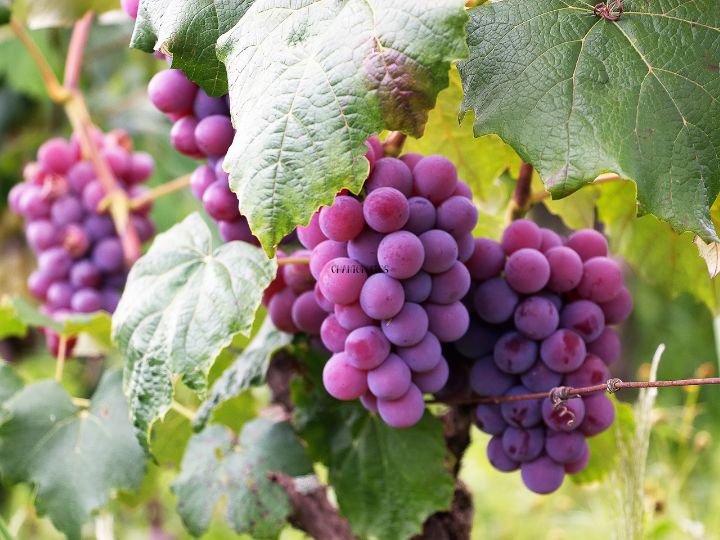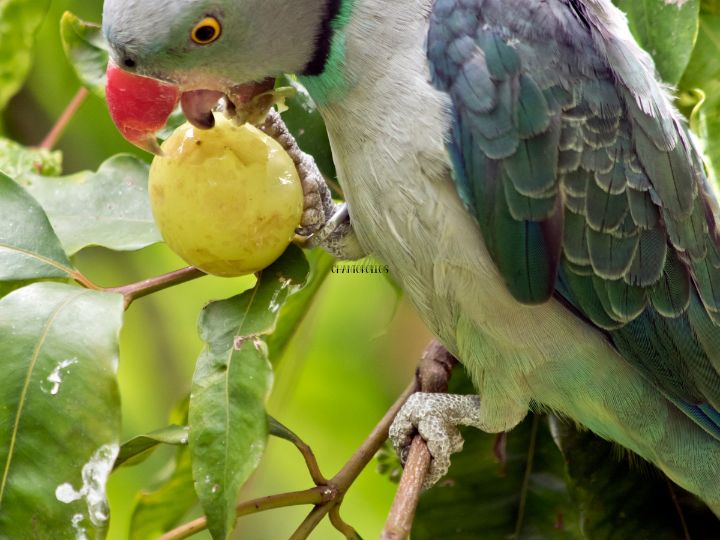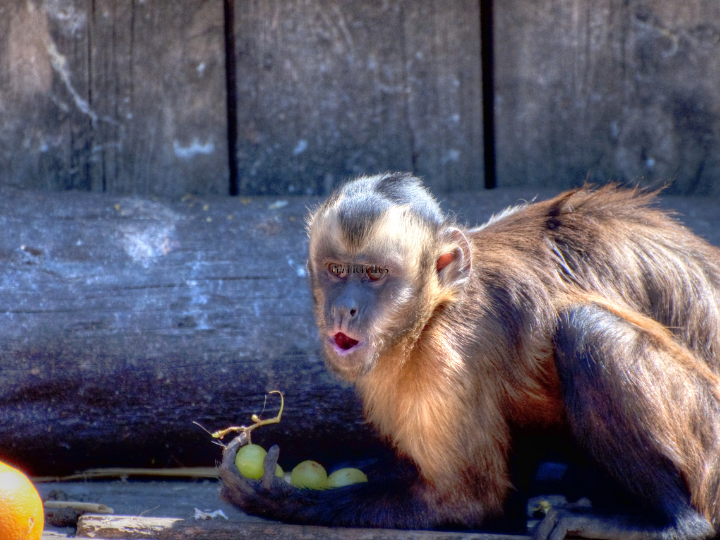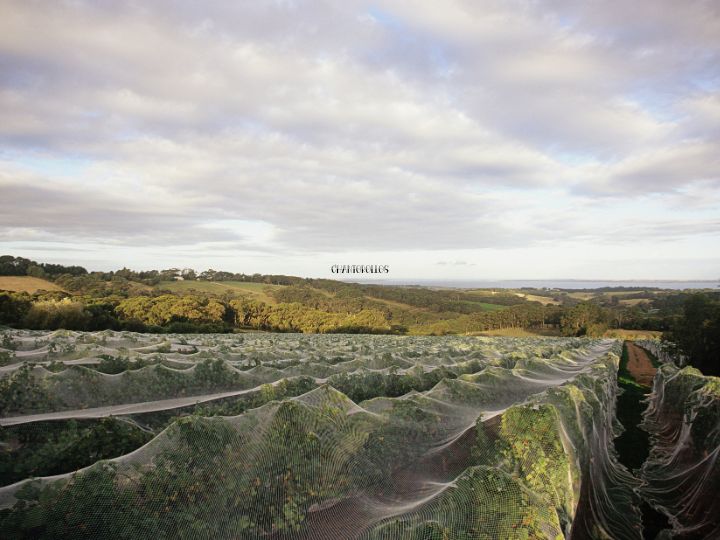Grapes are a delicious and nutritious fruit that is enjoyed by humans all around the world. However, humans are not the only ones who love to eat grapes. Many animals also find grapes to be a tasty treat and will go to great lengths to get their paws, beaks, or claws on them.
From monkeys to birds, there are a variety of animals that have been known to eat grapes. While some animals, like raccoons and squirrels, tend to nibble on grapes, others, such as birds, swallow them whole. Some animals, like badgers and deer, have a more varied diet that includes both plants and animals, but they still enjoy eating grapes when they can.

Image Credit: Canva
Despite the popularity of grapes among animals, not all creatures are fans of this fruit. Some animals, like dogs and cats, should not eat grapes as it can be toxic to them. Additionally, some animals, like cows and horses, are not likely to eat grapes as they are not part of their natural diet. Overall, the world of animals that eat grapes is vast and varied, and it’s fascinating to learn about the different creatures that enjoy this tasty fruit.
Animals That Eat Grapes
Grapes are a favorite fruit of many animals, and some of them can cause significant damage to vineyards. Here are some of the animals that eat grapes:
Birds
Birds are known to eat grapes whole. Some of the birds that eat grapes include:
- Starlings
- Sparrows
- Woodpeckers
- Robins
- Pigeons

Image Credit: Canva
Birds can cause significant damage to vineyards, and vineyard owners often use nets or other methods to protect their grapes.
Mammals
Mammals are also known to eat grapes, and some of them can cause significant damage to vineyards. Some of the mammals that eat grapes include:
- Raccoons
- Opossums
- Deer
- Bears
- Badgers
- Monkeys

Image Credit: Canva
Raccoons and opossums are notorious for stripping grapevines bare overnight. Deer and bears are also known to eat grapes off of vines and bushes. Badgers are omnivorous creatures and have a plant and animal-based diet.
Insects
Insects can also cause significant damage to grapevines and grapes. Some of the insects that eat grapes include:
- Japanese beetles
- Grape berry moths
- Spotted wing drosophila
- Grapevine flea beetles
- Grape leafhoppers
Insects can cause significant damage to grapevines and grapes, and vineyard owners often use pesticides or other methods to protect their grapes.
Overall, it is important for vineyard owners to take measures to protect their grapes from animals and insects that can cause significant damage.
Prevention Methods
Preventing animals from eating grapes can be a challenging task, but there are several methods that can be implemented to reduce the damage caused by animals. Here are some effective prevention methods:
Physical Barriers
Physical barriers are one of the most effective methods to prevent animals from eating grapes. Here are some physical barriers that can be used:
- Bird netting: Bird netting is a fine mesh net that can be draped over the grapevines to prevent birds from accessing the grapes. It is important to ensure that the netting is secured properly to prevent birds from getting trapped.
- Fencing: Fencing can be used to prevent larger animals such as deer from accessing the grapevines. The fence should be at least 8 feet tall to prevent deer from jumping over it.
- Paper bags: Paper bags can be used to cover individual grape clusters to prevent birds and insects from accessing them.

Image Credit: Canva
Repellents
Repellents can be used to deter animals from eating grapes. Here are some repellents that can be used:
- Scare devices: Scare devices such as scarecrows, reflective tape, and balloons can be used to scare birds away from the grapevines.
- Chemical repellents: Chemical repellents such as capsaicin, thiram, and anthraquinone can be sprayed on the grapevines to deter animals from eating them. It is important to follow the instructions on the label and to avoid spraying near harvest time.
Habitat Modification
Habitat modification can be used to make the grapevine area less attractive to animals. Here are some habitat modification methods:
- Remove food sources: Remove any other food sources in the area such as fallen fruit or garbage to make the grapevines less attractive to animals.
- Plant decoy crops: Plant other crops that animals prefer to eat such as corn or sunflowers away from the grapevines to distract them from the grapes.
By implementing these prevention methods, the damage caused by animals eating grapes can be significantly reduced.
Frequently Asked Questions
Becky is a fervent wildlife enthusiast and pet care expert with a diploma in canine nutrition. Her love for animals stretches beyond the domestic, embracing the wild tapestry of global fauna. With over a decade of experience in animal welfare, Becky lends her expertise to OutlandishOwl through insightful articles, captivating wildlife information, and invaluable guidance on pet nutrition. Her work embodies a deep commitment to understanding the intricate lives of animals and a passion for educating others on sustaining natural habitats. Becky's hands-on conservation efforts and her knack for translating complex dietary science into practical pet feeding tips make her an indispensable voice for creatures great and small.



